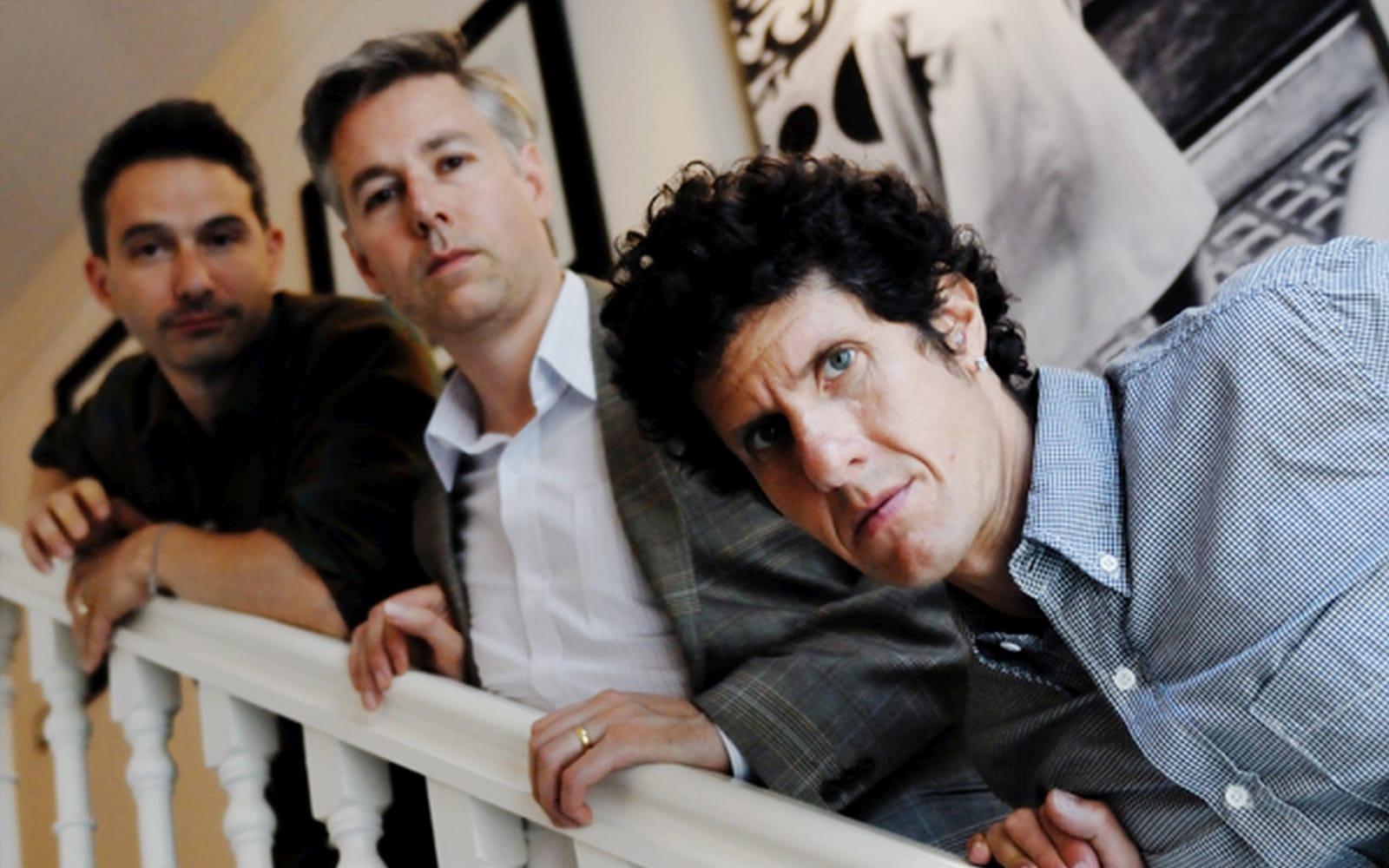Grace Notes: The Beastie Boys

Grace Notes is a weekly exploration by Jason Morehead of signs of common grace in the music world. We hope to alert you to wonderful music, some of which will be spiritual in nature but all of which will be unique and worthy of your attention. Each week we will share brief reviews of albums worthy of your attention and maybe a video or two.
On May 4, 2012, Adam Yauch died after battling cancer for three years. He was 47 years old. Yauch, better known by his stage name “MCA,” was a founding member of the Beastie Boys along with Michael “Mike D” Diamond and Adam “Ad-Rock” Horovitz, and his death represents the end of an era in hip-hop and popular music.
Originally starting out in 1979 as a punk/hardcore band, the Beastie Boys would eventually migrate over to hip-hop in the early ’80s and released Licensed to Ill in 1986, which boasted the early MTV staples and party anthems “(You Gotta) Fight for Your Right (To Party)” and “No Sleep till Brooklyn.” That early material was certainly crass and juvenile, and the Beastie Boys’ music has always been marked by a certain measure of swagger and braggadocio. However, by the time the group began recording their second album, 1989’s Paul’s Boutique, they had begun to grow up — musically speaking, at least.
Paul’s Boutique has often been heralded as a hip-hop classic, and rightfully so. Not wanting to become “one-hit wonders,” the Boys worked with The Dust Brothers to concoct a densely layered album built on top of countless inventive and humorous samples. One minute, you’re listening to a song whose beats were derived from the sounds of table tennis or a sliding straw, the next, some wildly divergent sonic rabbit trail.
From that point on, the Boys built a hip-hop legacy that few have rivaled. Constantly reinventing themselves sonically — one of my favorite Beastie Boys albums is The In Sound from Way Out!, a collection of psychedelic/funk instrumentals far removed from their hip-hop productions — they did so with tongues planted firmly in cheek. Indeed, much of the fun of listening to their albums was in trying to decipher all of the humorous, cheeky, and kitschy lines and references that they constantly — and oh so skillfully — dropped. They were just as likely to reference Japanese baseball great Sadaharu Oh or Hong Kong director John Woo as they were comic artist Vaughn Bode, classic Clint Eastwood spaghetti westerns, and Mr. Spock.

In addition to their inventive music, the Beastie Boys were also responsible for some of the best music videos of all time. Indeed, it was impossible during 1994 – 95 to turn on MTV and not see the video for “Sabotage” at least 4 – 5 times a day, and yet it never lost a single iota of awesomeness. And let’s not forget videos for “Hey Ladies,” “So What’cha Want,” “Sure Shot,” and “Intergalactic” (to name a few). Several of these videos were directed by Yauch under his Nathaniel Hornblower alias, and further delved into the band’s love for kitschy and cult pop culture. (“Body Movin’ ” was heavily inspired by the classic spy film Danger: Diabolik and “Intergalactic” was an extended riff on Japanase “kaiju” films.)
(Yauch would further support his cinematic endeavors by starting Oscilloscope Laboratories, an independent film company responsible for such acclaimed films as Dear Zachary: A Letter to a Son about His Father, Wendy and Lucy, Meek’s Cutoff, and Exit Through the Gift Shop.)
Yauch, a Buddhist, was also heavily involved in the Tibetan independence movement and helped organize a number of benefit concerts, including the “Tibetan Freedom Concert” series, to bring attention to the cause. And for all of their hip-hop swagger, the group could also be pretty progressive, whether calling out racism in “Egg Man” or Yauch directly decrying the misogyny so prevalent in rap and hip-hop in “Sure Shot.”
Ultimately, I think that’s what I appreciate most about the Beasties: they were always about having lots of fun — dropping crazy rhymes that often felt more like inside jokes than anything else — and they could be incredibly childish, but they could also surprise you with sudden displays of maturity and adventurousness, be it musical, aesthetic, or social. And then they’d go right back to name-dropping Rod Carew and shouting out disco calls without breaking a sweat or losing a beat.
Related:
- “MCA offered a relatable blueprint for growing up, in both his art and his life.”
- Adam Yauch: Entertainment Industry Mourns Death of Beastie Boys’ MCA
- In Memoriam: Adam Yauch (1964 – 2012)
This entry was originally published on Christ and Pop Culture on .